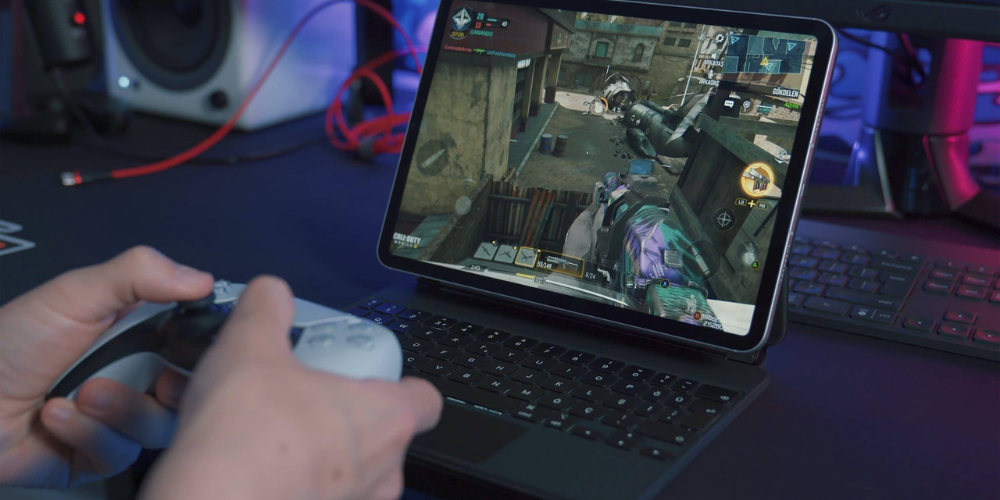From Console Wars to Cross-Platform Play: The Shift Towards Gaming Unity
- Jun 22, 2024
- 912

The Battle of the 90s and Early 2000s
The gaming industry has come a long way since the fierce console wars of the 90s and early 2000s. Back then, brands like Sega, Nintendo, and Sony were engaged in heated rivalries. Gamers often found themselves pitted against each other, vehemently defending their console of choice. This division was fueled by exclusive titles and hardware limitations that separated communities, creating a competitive rather than cooperative environment.
The Evolution of Gaming Technology
As technology advanced, so did the capabilities of gaming consoles and PCs. High-speed internet and robust servers have made online gaming more accessible and less restricted by hardware. Players began to see the potential for a unified gaming experience, where it didn't matter what device you played on but rather the quality of the game and the community built around it. This shift set the stage for the concept of cross-platform play.
The First Steps Towards Unity
Initially, the idea of cross-platform play was met with skepticism and technical challenges. However, pioneers like Rocket League and Minecraft took the first brave steps by enabling players on different consoles and PCs to interact. These initial efforts showcased the benefits of cross-platform compatibility, leading to increased demand from the gaming community for more such games.
The Role of Major Players
Tech giants like Microsoft, Sony, and Nintendo gradually realized the potential for collaboration. Microsoft’s Xbox Live initiative began to emphasize inclusivity, allowing Xbox and PC users to play together. Sony, too, while reluctant at first, started to integrate cross-platform features into popular franchises. Nintendo, with its unique approach, found ways to join the movement, particularly via games like Fortnite, which facilitated gameplay across various platforms.
The Impact on Game Development
Game developers have also adapted to this shift. By creating cross-platform games, studios can reach a broader audience, ensuring that their titles are not confined to a single platform. This inclusivity fosters a richer and more diverse gaming ecosystem, leading to innovative game designs and community-driven content that benefits all players, irrespective of their chosen hardware.
Opportunities and Challenges
While cross-platform play offers numerous advantages, it also presents challenges that need addressing. Issues such as balancing gameplay between different devices, ensuring fair matchmaking and data privacy concerns are areas that developers and platform holders must navigate carefully. Successful cross-platform games often employ sophisticated algorithms and stringent security measures to maintain a balanced and secure environment.
The Road Ahead
The future of gaming is likely to hold even more integration and cooperation. VR and AR technologies, along with advancements in cloud gaming, may further blur the lines between platforms. Developers and tech companies are increasingly recognizing the potential for a unified gaming experience, pushing towards a world where players can seamlessly connect, compete, and collaborate regardless of the hardware they own.
Summary
The journey from console wars to cross-platform play marks a significant evolution in the gaming industry. What began as a fragmented and competitive landscape has gradually transformed into a more inclusive and cooperative one. Technological advancements, alongside the efforts of major industry players and game developers, have paved the way for a unified gaming experience. As we look towards the future, the continued push for cross-platform compatibility promises to enrich the gaming world, fostering stronger communities and more innovative games for everyone.